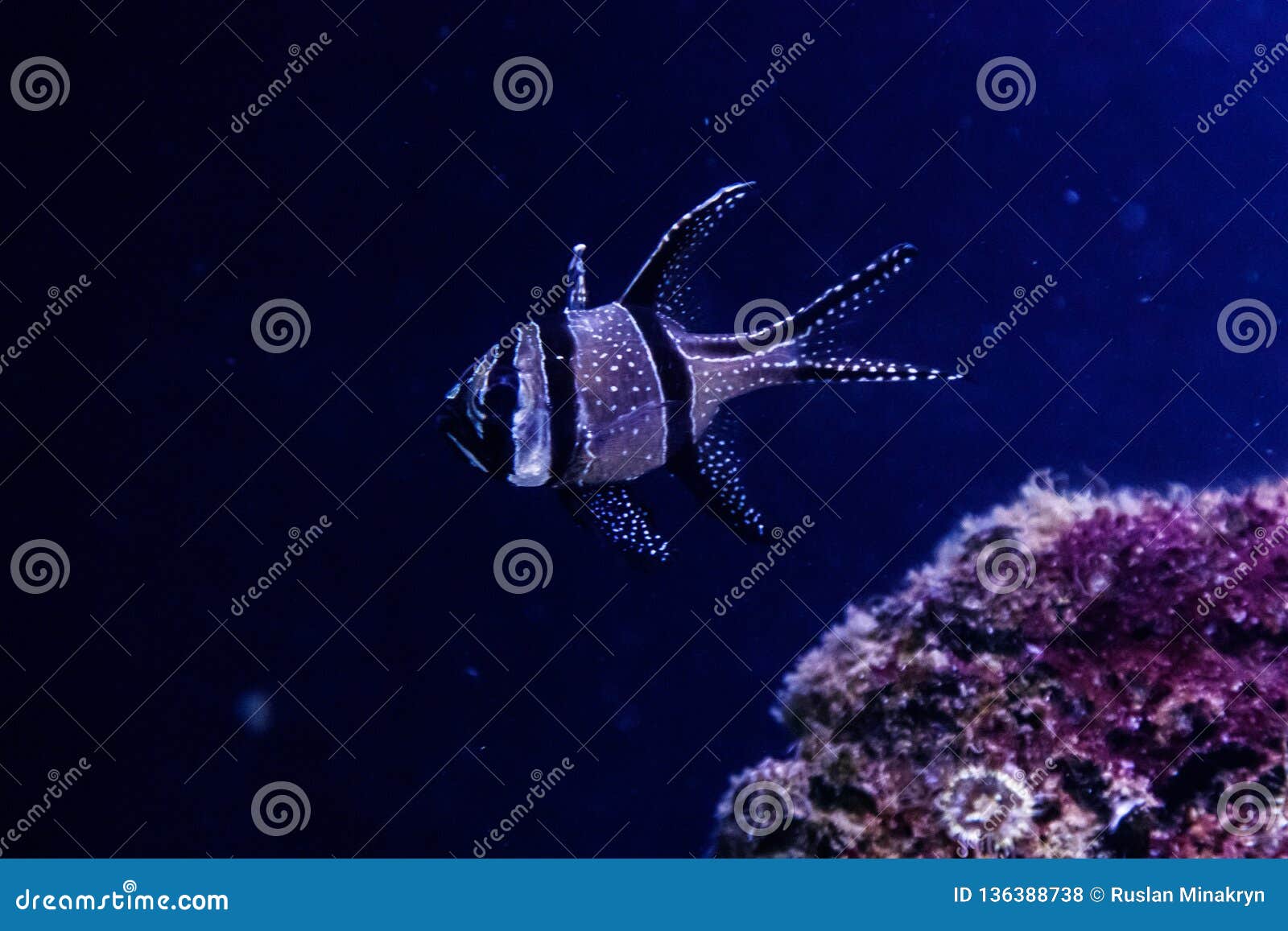


Their incredible speed and strength mean they’re always a welcome catch on deep sea fishing trips. Wahoo need no introduction among sporting anglers. Wait, Wahoo is a type of Mackerel? These guys may not look it, but they’re actually a close relative of King and Spanish Mackerel. If you really want to be sure, look for 3–4 rows of brown or orange spots running along the side of their body. Luckily, they’re about the only member of the group in their range, so there’s not much to confuse them with. Sierra look pretty similar to other fish in the Spanish Mackerel tribe. If you’ve ever tried surf fishing on Mexico’s Pacific Coast, chances are you’ve caught your fair share. Sierra MackerelĬommonly known as Pacific or Mexican Sierra, these guys are a favorite of shore fishermen and women all the way from Southern California down into South America. If you catch a small one, take a look at the line along their side, as we mentioned above. The best way to spot them is by their sheer size. King Mackerel live from Brazil to North Carolina, and can even show up farther north than that. “Kingfish” don’t taste as good as their northern Atlantic cousins, but they can be great smoked. These guys are huge, tough, aggressive – all the makings of a great game fish.

You don’t need three guesses why King Mackerel get the crown. The key difference is that Cero have bronze stripes running down their center, as well as the yellow spots they share with Spanish Mackerel. As such, they’re not a common catch in North America, and can confuse anglers who do come across them.Ĭero look a lot like Spanish Mackerel at first glance: they’re both the same shape, and both have yellow markings on their sides. They live from the Florida Keys down into the Caribbean, and occasionally into the Gulf of Mexico. Cero MackerelĬero Mackerel are the tropical cousin of the Spanish Mackerel tribe. They also get mixed up with Cero Mackerel from time to time – more on that next. The best way to distinguish the two is by the line running down their sides, which drops sharply half-way down on Kings but much more gradually on Spanish. Spanish Mackerel sometimes get confused with young King Mackerel. They’re most common from Florida to Maryland, and along the northern Gulf Coast – where most of America’s charter trips take place. Atlantic Spanish Mackerel (often shortened to simple “Spanish”) live from northern Mexico up to Cape Cod. The poster child of the Spanish Mackerel tribe, this guy is one of the most common inshore catches on the US East Coast. You can recognize them by their slim build and distinctive wavy lines along their back. Because of this, they look quite different from other types of Mackerel. Atlantic Mackerel live all along the North Atlantic Coast, from Labrador to North Carolina.Ītlantic Mackerel are from the “true Mackerel” tribe, while most other species in North America are from the “Spanish Mackerel” tribe. These guys may not be the biggest (averaging just a foot long) but they’re certainly one of the tastiest.

Where better to start than the “original” – the one which gave the whole family their name. You may be surprised by a couple of the fish on our list. To clear things up, here’s a guide to the top Mackerel species you can find around North America. On top of that, many of them have similar names. However, there’s a lot of confusion surrounding the various types of Mackerel you can find in North America.įor a start, Mackerel all look pretty similar. Whether they’re tasty treats or huge game fish, these sleek, toothy beasts are always a welcome catch. Mackerel are some of America’s favorite fish.


 0 kommentar(er)
0 kommentar(er)
